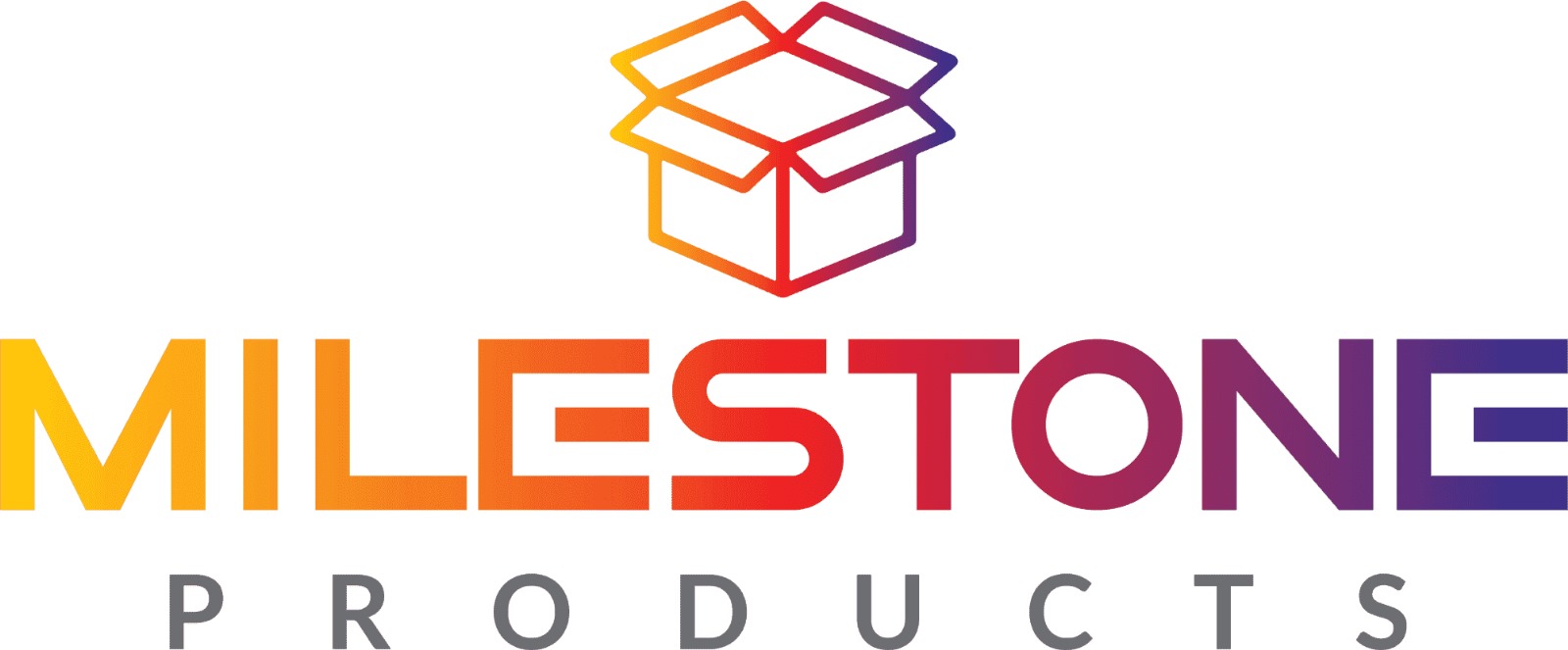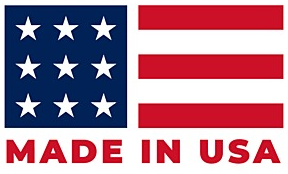In the dynamic landscape of manufacturing, efficiency is paramount. Every minute counts, and the optimization of processes can significantly impact the bottom line. One crucial aspect of streamlining production is the effective utilization of kitting and assembly techniques. Let’s delve into how these strategies can revolutionize manufacturing productivity.

- Introduction to Kitting and Assembly:
What is Kitting?- Kitting involves gathering and organizing all the necessary components and materials for a specific task or product assembly.
- It ensures that workers have everything they need at their fingertips, reducing downtime and minimizing errors.
Understanding Assembly:
- Assembly refers to the process of putting together individual components or parts to create a finished product.
- Efficient assembly methods can greatly accelerate production timelines and enhance product quality.
- Benefits of Kitting and Assembly:Enhanced Efficiency:
- By pre-assembling components into kits, workers can focus solely on the task at hand without the need for constant material retrieval.
- Assembly line workers experience reduced idle time, leading to increased throughput and productivity.
Improved Accuracy:
- Kitting eliminates the risk of missing or incorrect parts during assembly, as all components are verified and organized beforehand.
- This results in fewer errors, rework, and product defects, ultimately saving time and resources.
Optimized Inventory Management:
- Kitting allows for better inventory control by consolidating and monitoring the usage of materials.
Manufacturers can minimize excess inventory and stockouts, leading to cost savings and improved cash flow.
- Implementing Kitting and Assembly:Strategic Planning:
- Identify the components needed for each product or assembly process.
- Determine optimal kit sizes and replenishment schedules based on demand forecasts.
Standardized Processes:
- Establish clear guidelines for kitting and assembly procedures to ensure consistency across the production line.
- Train employees thoroughly on the proper handling and assembly of kits to minimize errors.
Utilization of Technology:
- Invest in software systems for inventory management and tracking to streamline kitting operations.
Implement barcode or RFID systems for accurate identification and traceability of components.
- Kitting Errors:Challenge: Incorrectly packed kits can lead to assembly line delays and quality issues.Solution: Implement quality control measures and inspections at each stage of the kitting process to catch errors early.Changing Demand:
Challenge: Fluctuations in demand can disrupt kitting and assembly schedules.
Solution: Maintain flexibility in kit configurations and production planning to adapt to changing market conditions swiftly.
Conclusion:
In today’s fast-paced manufacturing environment, kitting and assembly are indispensable tools for maximizing productivity and efficiency. By meticulously organizing components and streamlining assembly processes, manufacturers can reduce costs, improve quality, and stay ahead of the competition. With strategic planning, standardized procedures, and the adoption of technology, companies can unlock the full potential of kitting and assembly to drive success in their operations.

